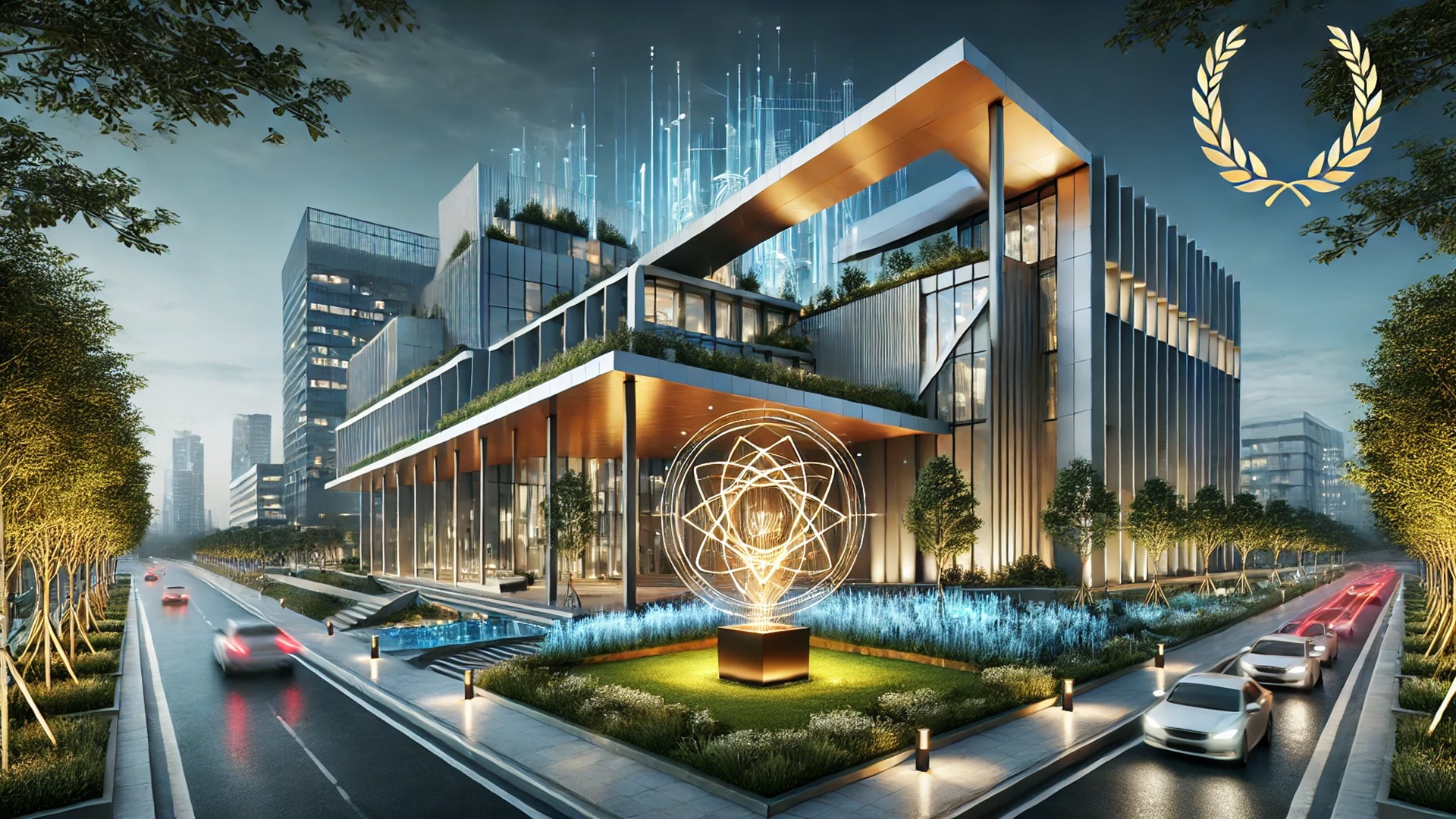
Understanding the Current Landscape for Architecture Firms
The American Institute of Architects (AIA) has recently reported that architecture firms across the nation are navigating continued soft business conditions, indicating a prolonged period of uncertainty within the industry. This environment has prompted firms to reevaluate their strategies, focusing on resilience and adaptation to shifting market dynamics.
Implications of Soft Business Conditions
Soft business conditions can be defined as periods when demand for design services lags behind expectations or when firms experience lower levels of inquiries. As firms confront these challenges, it’s essential to recognize the broader implications. Projects may be delayed, and firms might have to adjust staff levels or services offered. This could lead to shifts in project types, with an increase in emphasis on smaller, sustainable projects rather than large-scale undertakings. In light of the economic uncertainties, nimbleness in business models can be a key differentiator for firms seeking to maintain or grow their market share.
Embracing Innovation and Trends
In the face of these challenges, architecture firms are increasingly embracing innovative approaches and leveraging technology to stay competitive. This includes adopting digital tools for project management and engagement, which can enhance collaboration and improve overall efficiency. As firms explore these technologies, they also discover a vital resource in understanding client needs, allowing for improved service delivery and project outcomes.
Future Predictions for Architectural Firms
Looking ahead, the architectural landscape may undergo notable transformations due to evolving client expectations and technological advancements. Firms that adopt sustainability-focused design, prioritize client relationships, and integrate cutting-edge technologies are likely to navigate through soft business conditions more effectively than those that cling to traditional models.
The Cost of Inaction: Why Firms Must Adapt
Architecture firms that fail to evolve and adapt run the risk of becoming obsolete. The current climate demands agility; firms must learn to pivot quickly in response to client needs while also focusing on risk management. As the industry gradually rebounds, those that strategically position themselves today will likely become the leaders of tomorrow.
 Add Row
Add Row  Add
Add 




Write A Comment